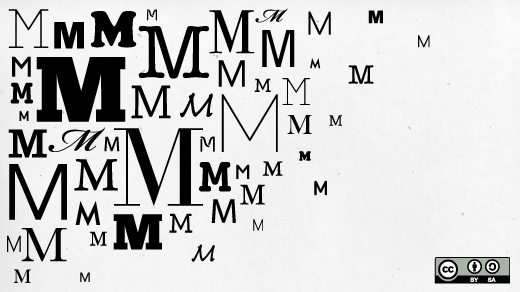RST_Reference¶
This file provides basic examples of RST formatting.
Here is documentation on how to use RST Formatting
Normally, there are no heading levels assigned to certain characters as the structure is determined from the succession of headings. However, for the Python documentation, this convention is used which you may follow:
# with overline, for parts * with overline, for chapters =, for sections -, for subsections ^, for subsubsections ”, for paragraphs
Basic Formatting¶
- This is a bulleted list.
- It has two items, the second item uses two lines.
- This is a numbered list.
- It has two items too.
Another type of list:
- This is a numbered list.
- It has two items too.
This is a normal text paragraph. The next paragraph is a code sample:
It is not processed in any way, except
that the indentation is removed.
It can span multiple lines.
This is a normal text paragraph again.
For example, here we add an M code example
- LABEL1 ; example
- READ “What is your name ?”,!,YOURNAME WRITE “Hello ”,YOURNAME,! QUIT
and now we explain what this code does.
Here is a table
| Header row, column 1 (header rows optional) | Header 2 | Header 3 | Header 4 |
|---|---|---|---|
| body row 1, column 1 | column 2 | column 3 | column 4 |
| body row 2 | ... | ... |
Here is a simpler table
| A | B | A and B |
|---|---|---|
| False | False | False |
| True | False | False |
| False | True | False |
| True | True | True |
Here is how to add links
This is a paragraph that contains a link.
Here is the return to the RPI Course
Here is documentation on how to use RST Markup
Here is a link to get Sphinx
Here is how to insert an image:

Put images in the “M-Tutorial/images” subdirectory. Make sure that they are in the Public Domain, or that they can be distributed under a Creative Commons by Attribution license. (do not use images under the Non-Commercial license).
Lorem ipsum [1] dolor sit amet ... [2]
Footnotes
| [1] | Text of the first footnote. |
| [2] | Text of the second footnote. |
Here is a citation reference: [BENKLER2006].
| [BENKLER2006] | Yochai Benkler, The Wealth of Networks, 2006. |